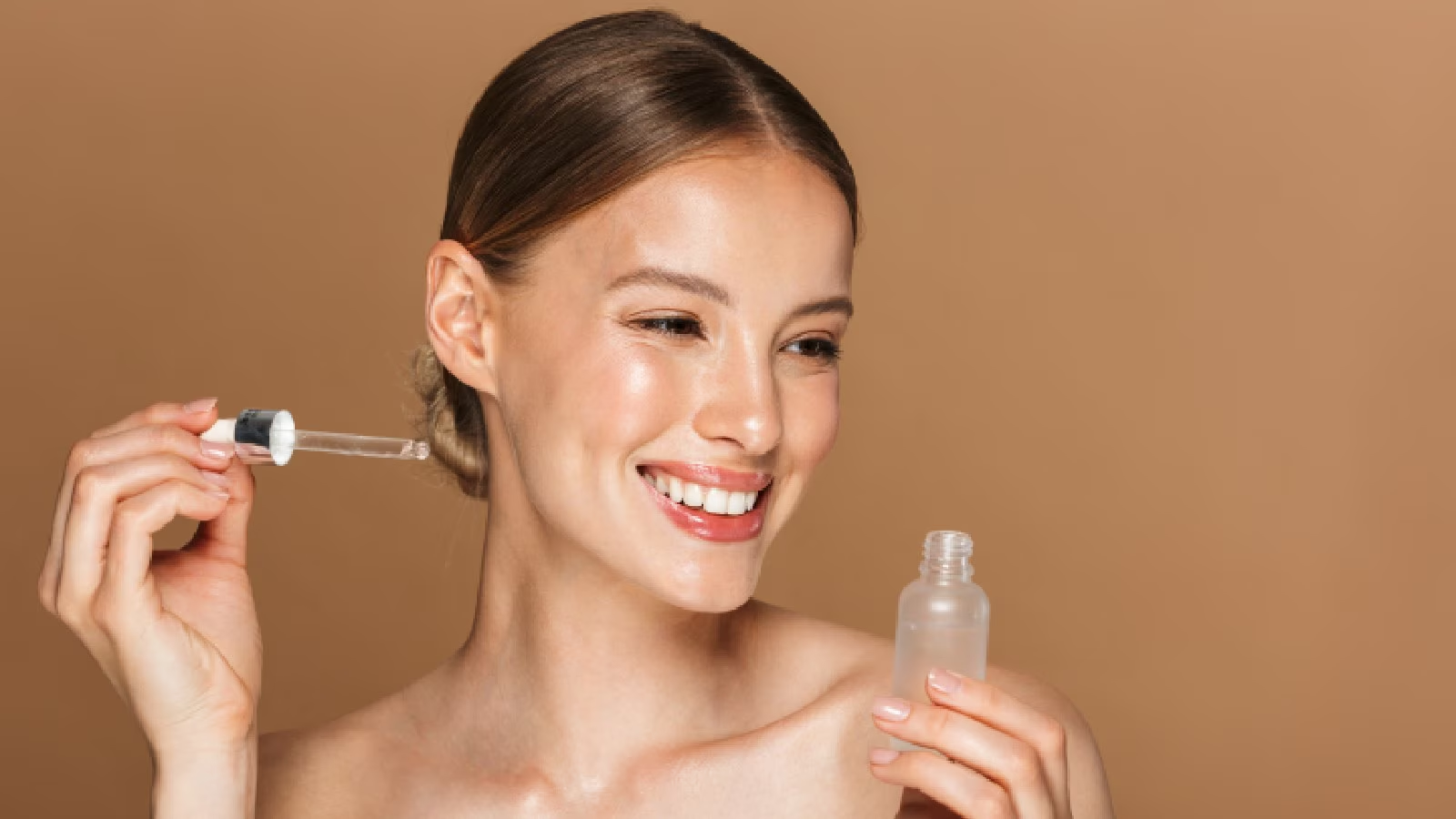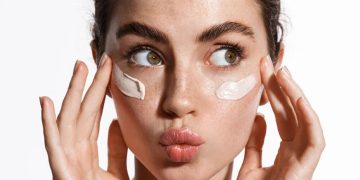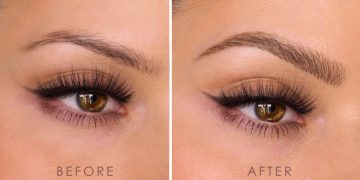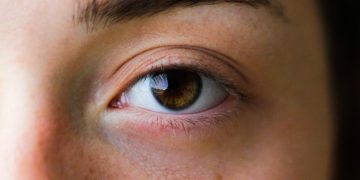Introduction: The Frustration of Skincare Struggles
We’ve all been there. You’ve carefully curated your skincare routine, invested in high-quality products, and followed the steps to a T, but after weeks (or even months) of consistent use, you’re still not seeing the glowing, clear skin you’ve been promised. It’s frustrating, disheartening, and a bit puzzling.
So, what gives? Why are the products you’ve chosen not working as expected?
In this article, we’re diving deep into the science and art of skincare. We’ll explore the common reasons why your skincare routine may not be yielding the results you’re hoping for and provide actionable advice on how to troubleshoot and improve your regimen.
1. The Complexity of Skin: It’s Not One-Size-Fits-All
One of the most important things to remember is that everyone’s skin is unique. Just because a product worked wonders for someone else doesn’t mean it will do the same for you. Your skin type, concerns, and genetic makeup all play a role in how products interact with your skin.
Different Skin Types React Differently
There are various skin types, and the first step in any effective skincare routine is understanding which one you have. Let’s break them down briefly:
- Oily Skin: Characterized by excess sebum production, leading to shiny skin and frequent breakouts.
- Dry Skin: Skin that feels tight, rough, or flaky due to a lack of moisture.
- Combination Skin: A mix of both oily and dry areas, often with an oily T-zone (forehead, nose, chin) and dry cheeks.
- Sensitive Skin: Prone to irritation, redness, and allergic reactions.
- Normal Skin: Balanced, neither too oily nor too dry, and generally without major issues.
If your skincare routine isn’t producing results, it might be because the products you’re using aren’t formulated for your skin type. For instance, a highly moisturizing product might make oily skin feel greasy, while a harsh exfoliant can irritate sensitive skin.
2. Patience Is Key: Results Take Time
A common misconception is that skincare products work instantly. In reality, it takes time for your skin to adjust and respond to new ingredients. Depending on the product, you might need anywhere from a few days to several weeks to notice visible results.
- Cleansers and Toners: These are usually fast-acting products. After a few days of consistent use, you should notice your skin feeling cleaner and more refreshed.
- Serums and Treatments: These can take up to 4-6 weeks to show visible improvements, as they often work by delivering active ingredients deeper into the skin.
- Moisturizers: The effects can be noticeable within a few days, especially if you’re using a product designed for dry or dehydrated skin.

If you’re not seeing results immediately, don’t give up! Stick with it, but also keep an eye out for any irritation or signs that a product may not be suitable for your skin.
3. Incorrect Application or Usage
The way you apply your products can make a huge difference in their effectiveness. Let’s take a look at common mistakes that might be hindering your results:
- Layering Order: Skincare products should generally be applied in a specific order to ensure maximum absorption and effectiveness. The most basic rule is to apply thinnest to thickest. This means serums go on before moisturizers, and toners should be applied after cleansing but before serum.
- Overuse: More is not always better. Using too much product can overwhelm your skin, leading to clogged pores or irritation. For example, a pea-sized amount of serum is usually enough to cover your entire face.
- Wrong Application Method: Gently patting or pressing products into your skin helps them absorb better than rubbing them in harshly. For products like serums, a gentle press allows the active ingredients to penetrate deeply without disrupting the skin’s surface.
4. Product Formula and Ingredients Matter
Not all skincare products are created equal. The ingredients within a product are what ultimately determine how effective it will be for your skin. Let’s explore a few common issues related to product formulas.
Lack of Active Ingredients
Skincare products with basic or generic formulas might not deliver the results you’re looking for. For example, if you’re using a moisturizer that doesn’t contain any proven active ingredients like hyaluronic acid or ceramides, it might not do much beyond adding a temporary layer of moisture to your skin.
On the other hand, products containing effective active ingredients like:
- Vitamin C: Brightens skin and reduces hyperpigmentation.
- Retinoids: Encourage cell turnover and can help with acne, fine lines, and wrinkles.
- Salicylic Acid: A powerful exfoliant that helps clear pores.
- Niacinamide: Known for its anti-inflammatory properties and ability to reduce redness and acne scars.
These ingredients can make a huge difference if they’re used consistently over time.
Ingredient Sensitivity or Allergic Reaction
Sometimes, your skin might be reacting negatively to an ingredient, causing irritation, breakouts, or redness. This is particularly common with highly active ingredients like retinoids, vitamin C, and exfoliants. If your skin isn’t used to these ingredients, they can cause irritation, slowing down the results you’re expecting.
The key here is patch-testing new products on a small area of skin, especially when introducing potent actives. If you experience irritation, you may want to reduce the frequency of use or stop using the product altogether.
5. Your Environment May Be Sabotaging Your Skin
Your skin doesn’t exist in a vacuum. Environmental factors like weather, pollution, diet, and stress can all affect how your skin responds to skincare products.
Weather and Climate
- Cold Weather: Cold air can strip your skin of moisture, making it more prone to dryness and irritation. If you live in a dry climate, make sure your moisturizer contains occlusive ingredients like petrolatum or dimethicone to lock in moisture.
- Hot Weather: Heat and humidity can cause your skin to become oily and prone to breakouts, especially if you have acne-prone or oily skin. A mattifying moisturizer or lightweight gel moisturizer might be better suited for warmer months.
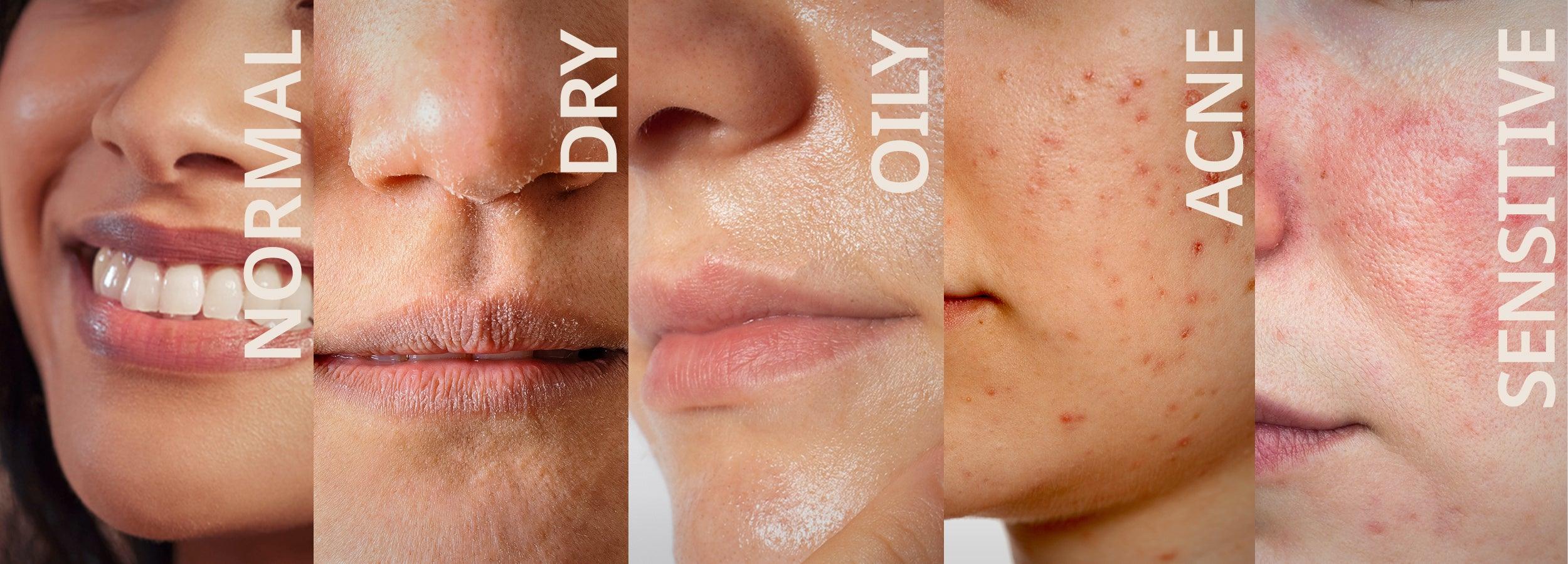
Pollution and External Stressors
Pollution can lead to the accumulation of free radicals, which break down collagen and cause premature aging. Pollution also affects the skin’s barrier function, leading to dryness, irritation, and increased sensitivity. Consider adding antioxidants like vitamin C to your routine to combat these effects.
Diet and Hydration
What you put inside your body can affect your skin. Dehydration, excess sugar, or dairy can sometimes exacerbate skin issues like acne or dryness. Drinking plenty of water and maintaining a balanced diet rich in antioxidants (like fruits and vegetables) can give your skin the internal support it needs to look its best.
6. Don’t Overdo It: Simplify Your Routine
Sometimes, less is more. A multi-step skincare routine packed with countless products might sound like a good idea, but it can overwhelm your skin. Overuse of products, especially actives like acids or retinoids, can lead to irritation or counterproductive results.
Instead, consider simplifying your skincare routine to focus on the essentials:
- Cleanser: Start with a gentle cleanser suited for your skin type.
- Treatment: Apply any active ingredients (e.g., serums, spot treatments).
- Moisturizer: Choose a moisturizer that helps seal in hydration.
- Sunscreen: Always finish with broad-spectrum SPF to protect your skin from UV damage.
You don’t need to use every product under the sun to get results. Stick to what works for your skin, and give it time to adjust.
7. When to Seek Professional Help
If you’ve followed all of these steps and still aren’t seeing results, it might be time to consult with a dermatologist or skincare professional. Sometimes, underlying conditions like hormonal imbalances, skin disorders (such as eczema or rosacea), or even stress-related issues could be impacting your skin’s appearance.
A professional can help you create a customized skincare routine or recommend treatments that might be more effective than over-the-counter products alone.
Conclusion: Patience, Persistence, and Personalization
Seeing results from your skincare products takes time, and while some of the factors we’ve discussed may be outside of your control, many of them can be managed with some fine-tuning of your routine. Understanding your skin type, ingredients, and how your products interact with your skin will give you a much better chance of success.
Above all, skincare isn’t a quick-fix solution but a long-term investment in your skin’s health. So, be patient, adjust where necessary, and continue treating your skin with the care it deserves.





